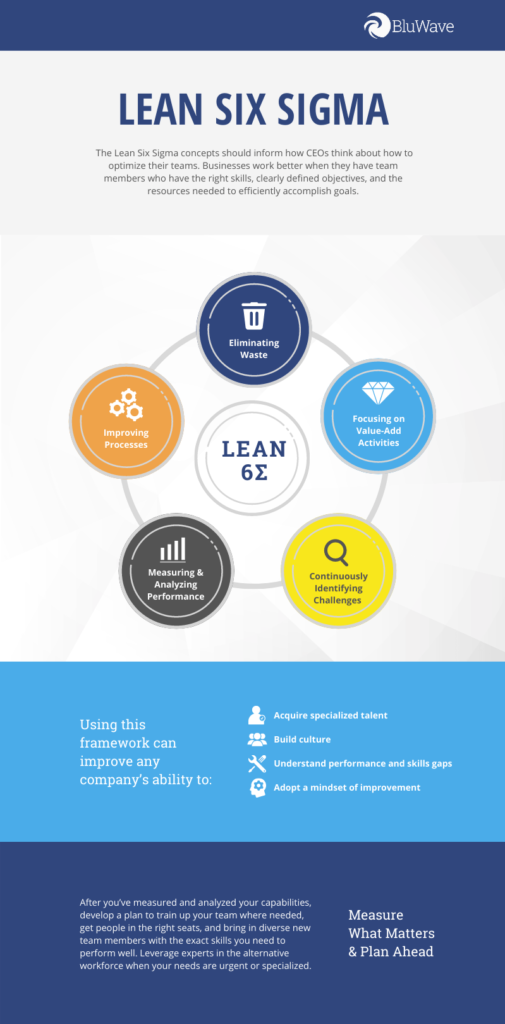As the chaos and uncertainty around the pandemic starts to settle and businesses dust off the debris of the last year, it’s becoming clear that a new world of work is upon us. What many were predicting would soon be the “new normal” is now the actual normal—especially when it comes to work. The transition back into physical office spaces does not mean the end of remote work. Instead, companies are embracing a hybrid workforce.
Hybrid work combines virtual and onsite employees, whether on alternating days or on a permanent basis, and is a trend that companies are embracing across the country. A recent report from Gartner revealed that 59 percent of companies intend employees to work remotely occasionally, while 32 percent are allowing remote work full-time. For many leaders, however, this now means transitioning again into a new working style: one that facilitates productivity and collaboration among in-office and virtual workers (think: all-hands meetings with half the team sitting together at a conference table and the other half calling in from Zoom).
This is why project-based work is on the rise. Instead of onboarding full-time employees remotely, which has been one of the biggest challenges for HR leaders during the pandemic, companies are calling on skilled experts to complete tasks on a contractual, as-needed basis. As we drive ahead in the new normal, project-based workers will be fueling the future of work.
Project-based work is an integral part of a successful remote workforce
Across the 1,000-plus private-equity-based projects BluWave supported in the last 12 months, one thing stood out: investments in people continue to be the number one focus area in 2021. While technology has helped companies to adapt to remote work, hiring employees who have the skills to work with the technology has been even more valuable.
Hiring workers for specific, often discrete, projects means you can vet candidates based on their ability to meet the demands of that project. Using an Intelligent Talent Network can help you match potential interim workers to those interim needs. This model works well for private equity firms, from senior partners to portfolio company executives, because it engenders trust and rewards results. If you hire people who are skilled, action-oriented, and self-motivated, you can set goals and give them “rope” to freely deliver the best result. Ultimately, project-based work ensures that rewards are aligned and incentives are rewarded in exchange for top performance, which is more difficult to achieve with a more amorphous scope.
Interim work means more equitable environments
Hiring based on a potential employee’s ability to perform against predetermined, outcomes-based objectives helps eliminate bias (unconscious or not) in the recruitment process. According to Harvard Business School, “In recruiting … unconscious bias and affinity bias often express themselves as a preference for one candidate or another because of ‘culture fit.’ Resumes may be selected because of a shared alma mater, or because of an unconscious bias to one name over another.”
When hiring for a long-term fit, companies may choose to give preference to candidates who meet unspoken criteria off-paper—because culture-fit and soft skills are generally more relevant for full-time employees. With project-based work, it’s the results that matter. If someone has a track record of success, they meet the criteria. It’s that simple. Plus, in this system, rewards are made equitable, too. If your project scope is clear, you can offer fair and just compensation for the work that is done—it provides equality of opportunity to perform.
Creating collaborative environments with distributed workers
The key to effectively utilizing project-based workers is putting the right systems in place to seamlessly integrate them into the existing processes and work efficiently across project stakeholders for the duration of their contract.
Clearly defining and communicating goals from the onset, delineating established deadlines, and integrating collaboration tools into operations will help leaders stay on top of a project. These are hallmarks of agile development, which involves short, project-to-project scrums with siloed teams that collaborate consistently through the scrum. Research has shown that agile teams are 25 percent more productive than their industry peers because team members focused on one task at a time.
You can also implement clear structures for assigning roles and accountabilities. A RACI chart is a tried-and-true matrix used to assign roles on a project. A properly used RACI outlines who is responsible for executing tasks, who is accountable for the work, who is consulted throughout the project, and who is informed on project progress. This helps eliminate confusion, reduce duplication or redundancy, and ensure those deadlines are met.
For a workforce still in flux, those equipped for project-based work act as connective tissue and can build the foundation for future stability. Companies that embrace this wave of “normal” will likely be the ones that ultimately find themselves in a winning position.
This article originally appeared in HRFuture Magazine.











